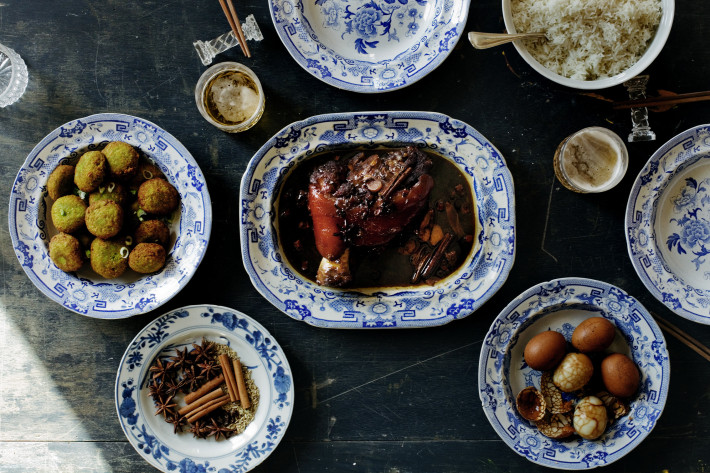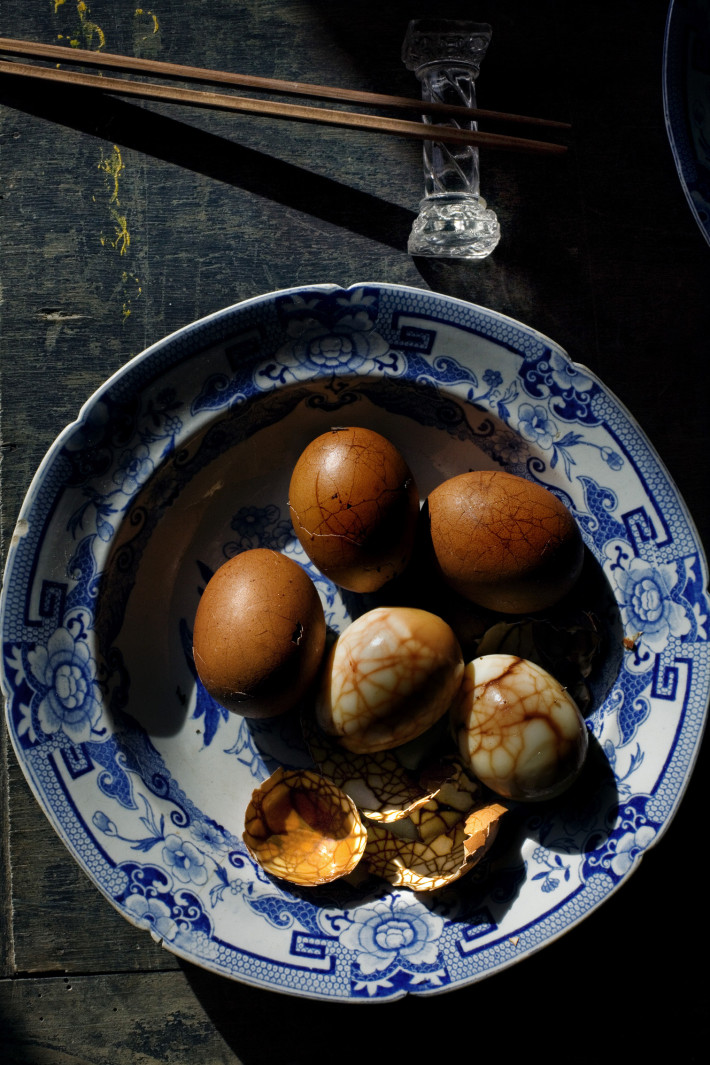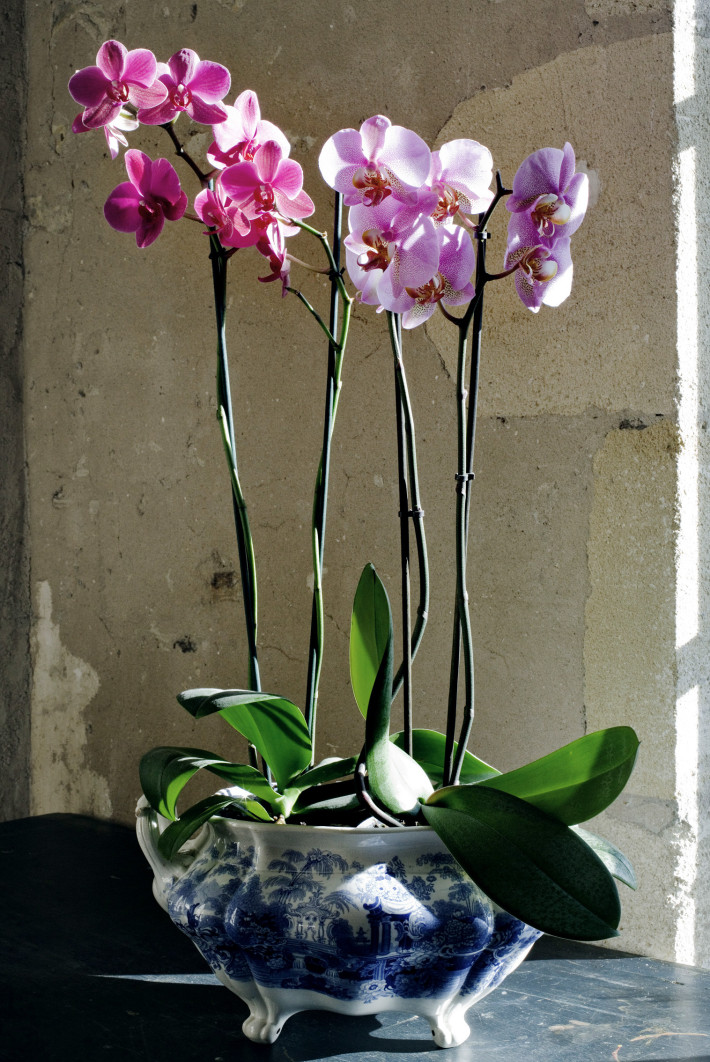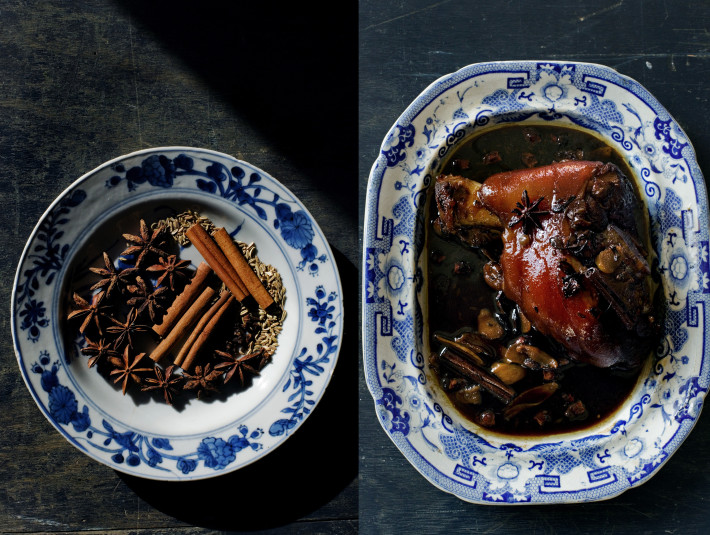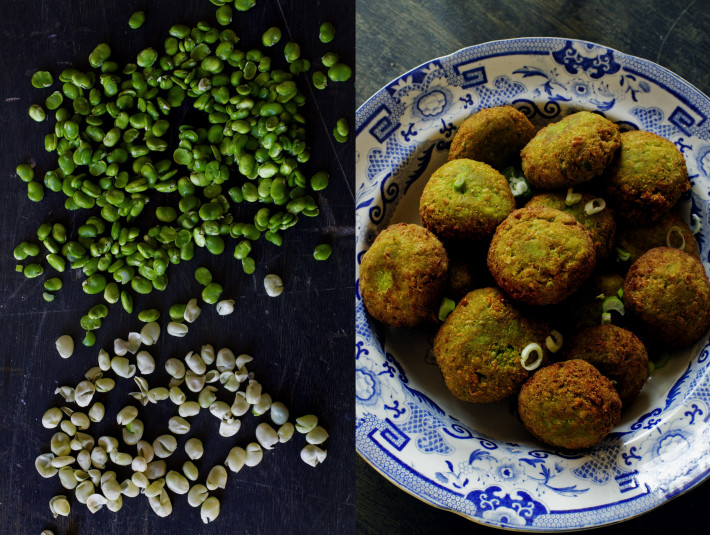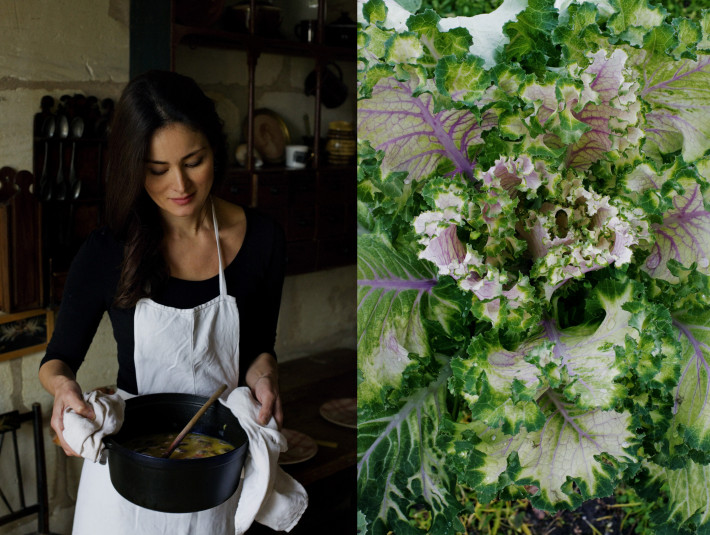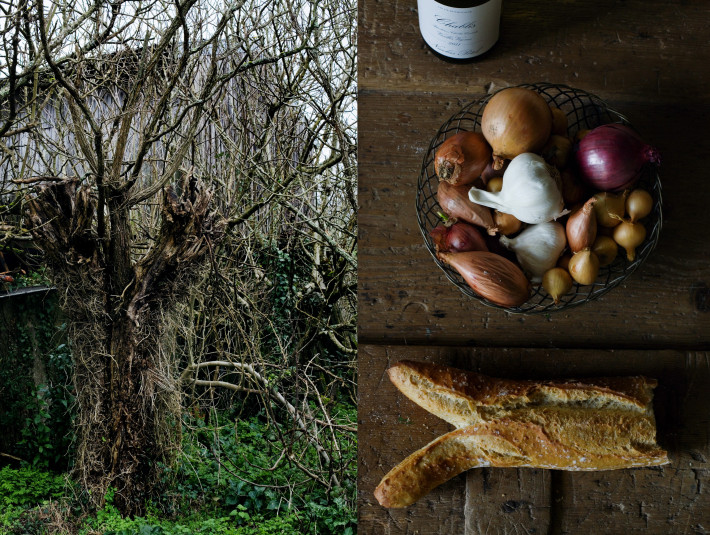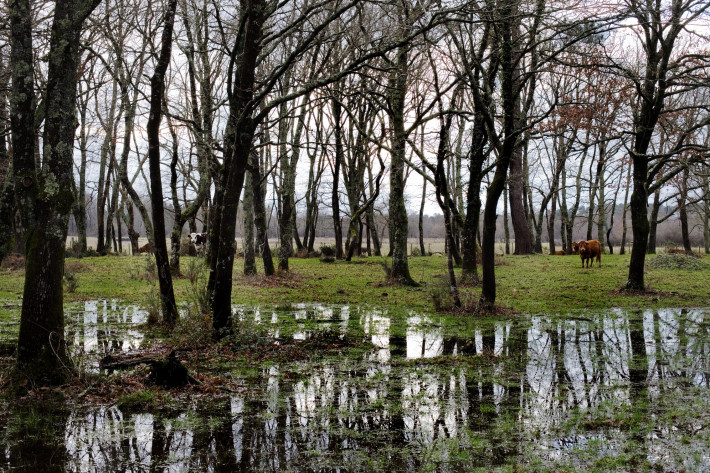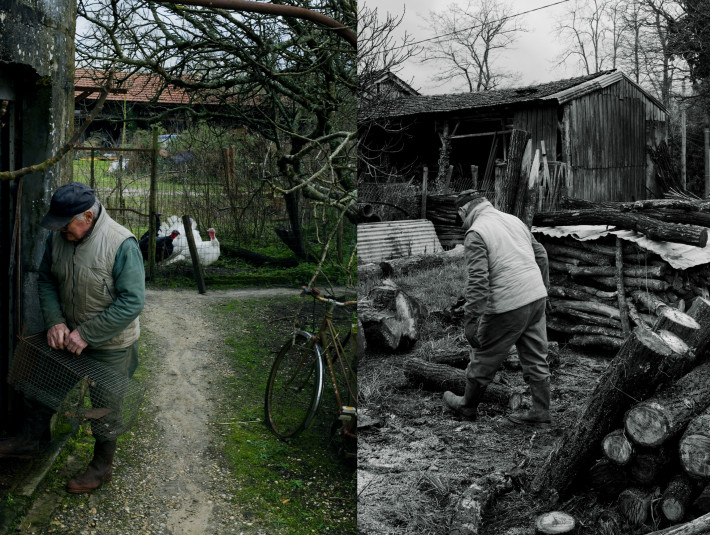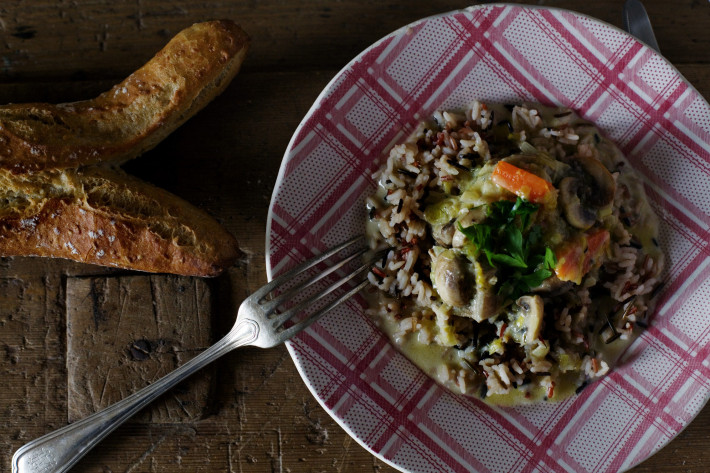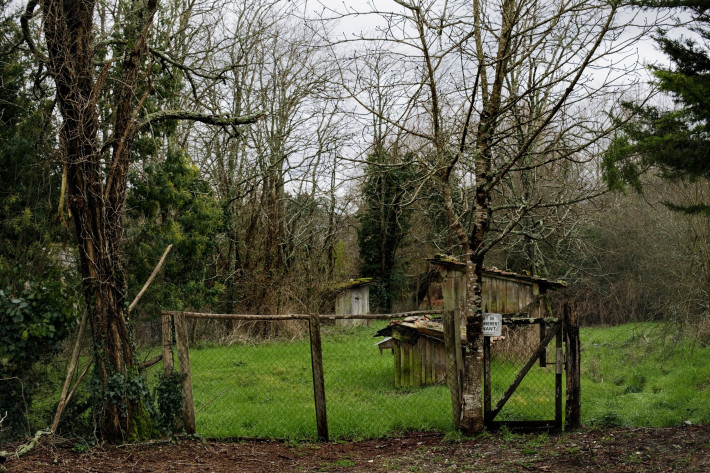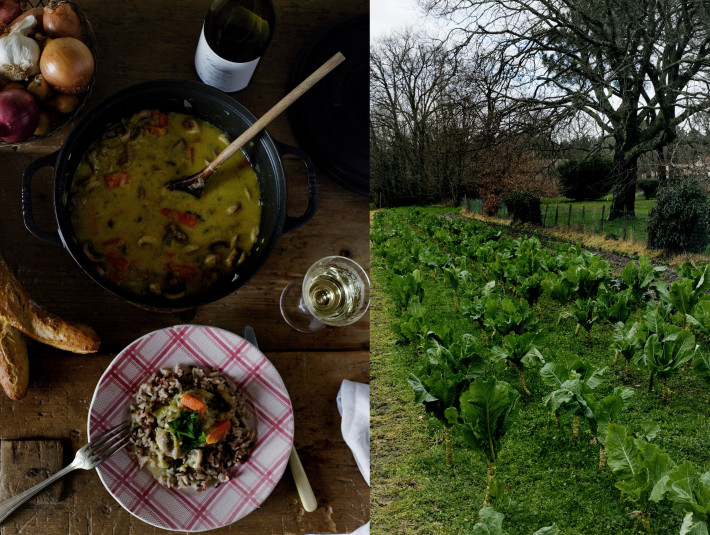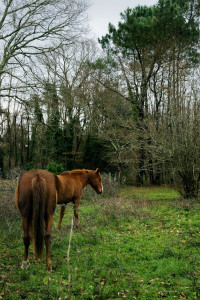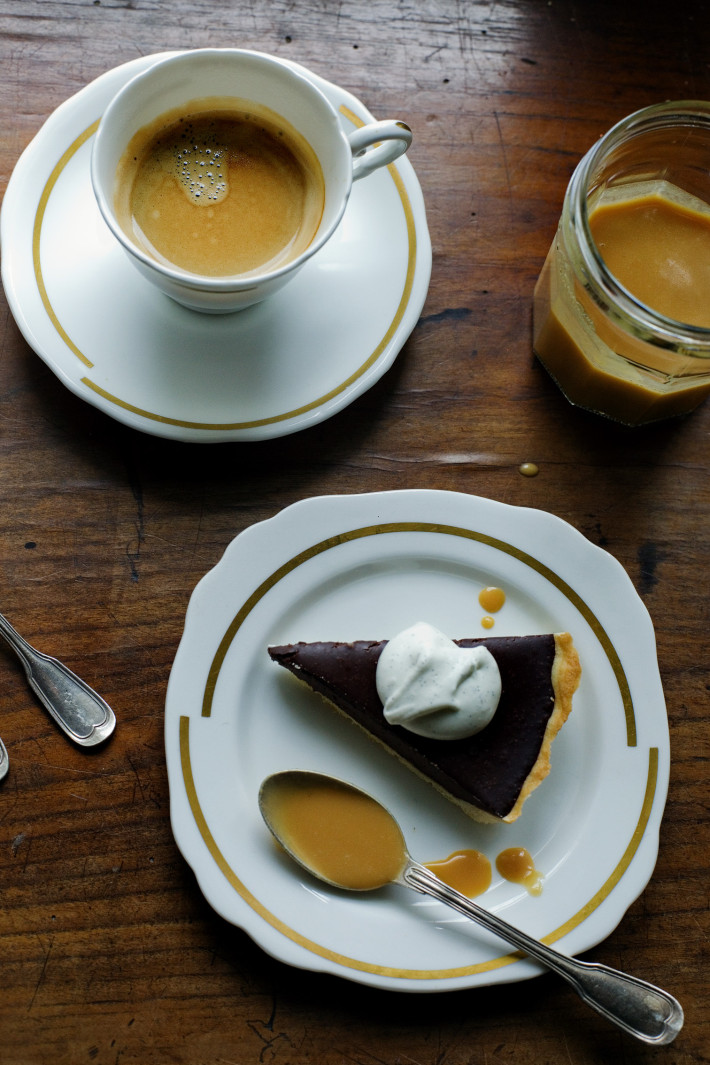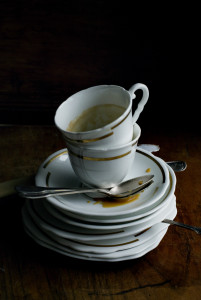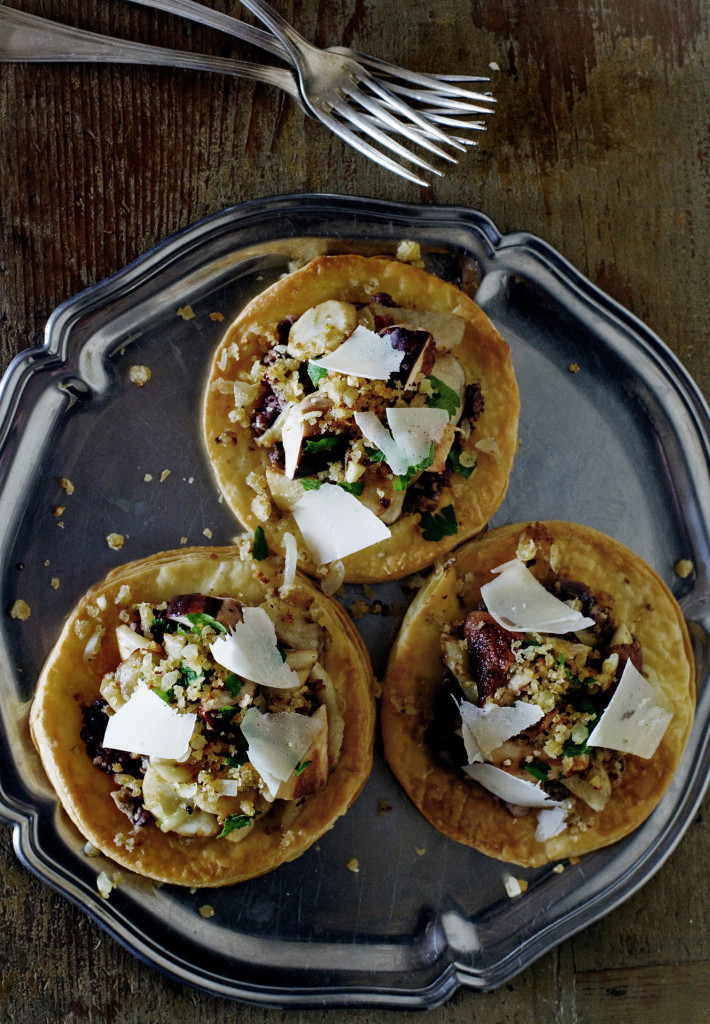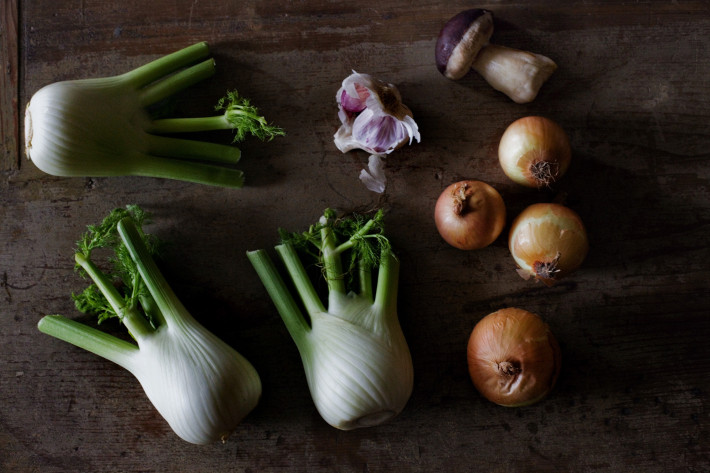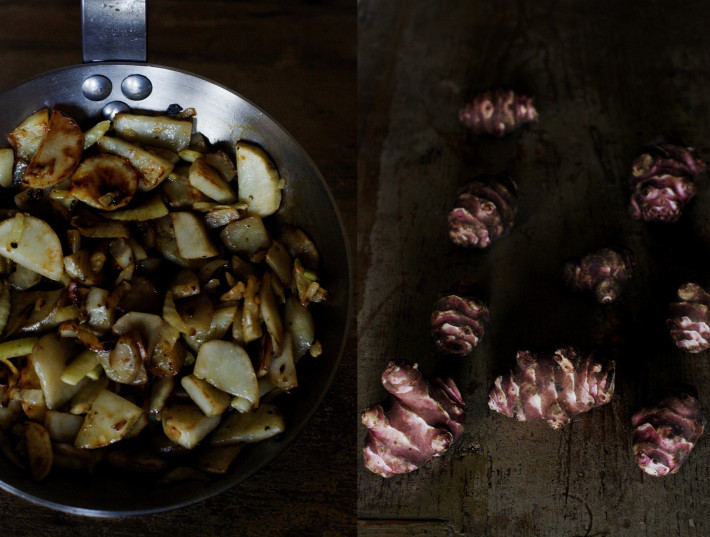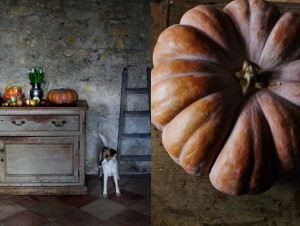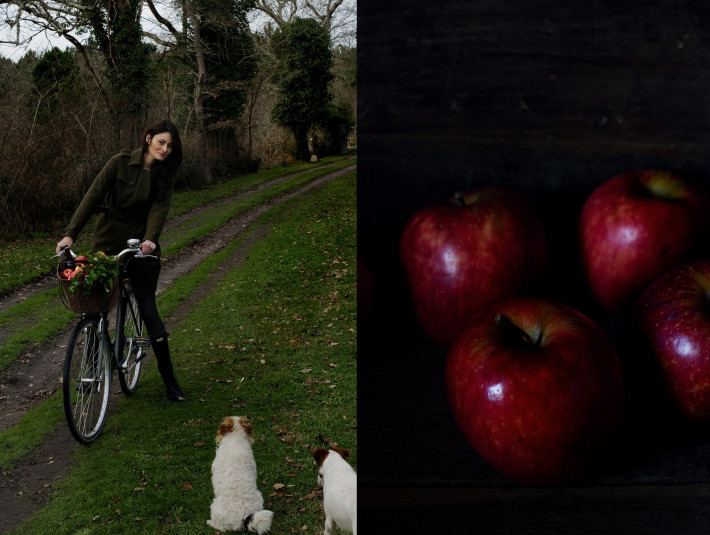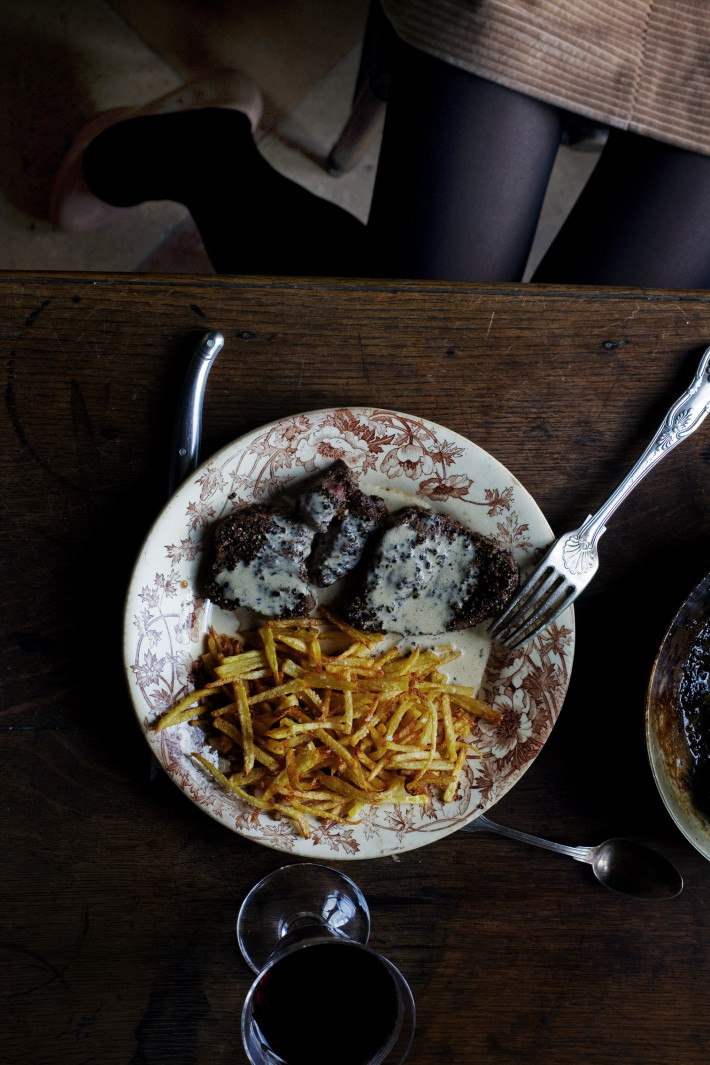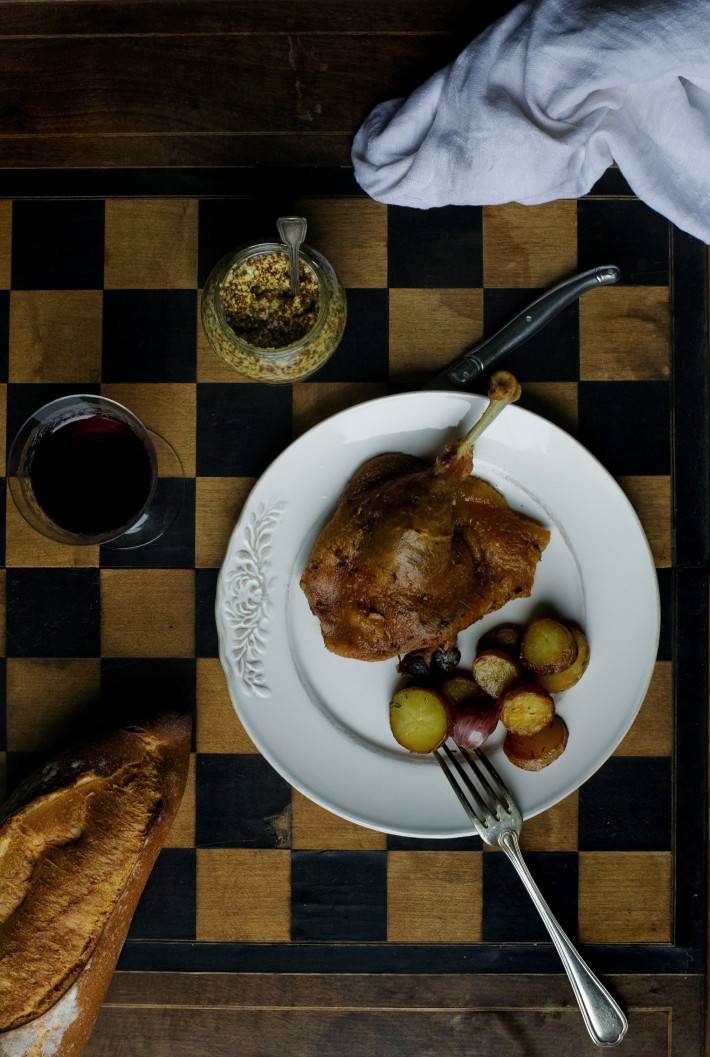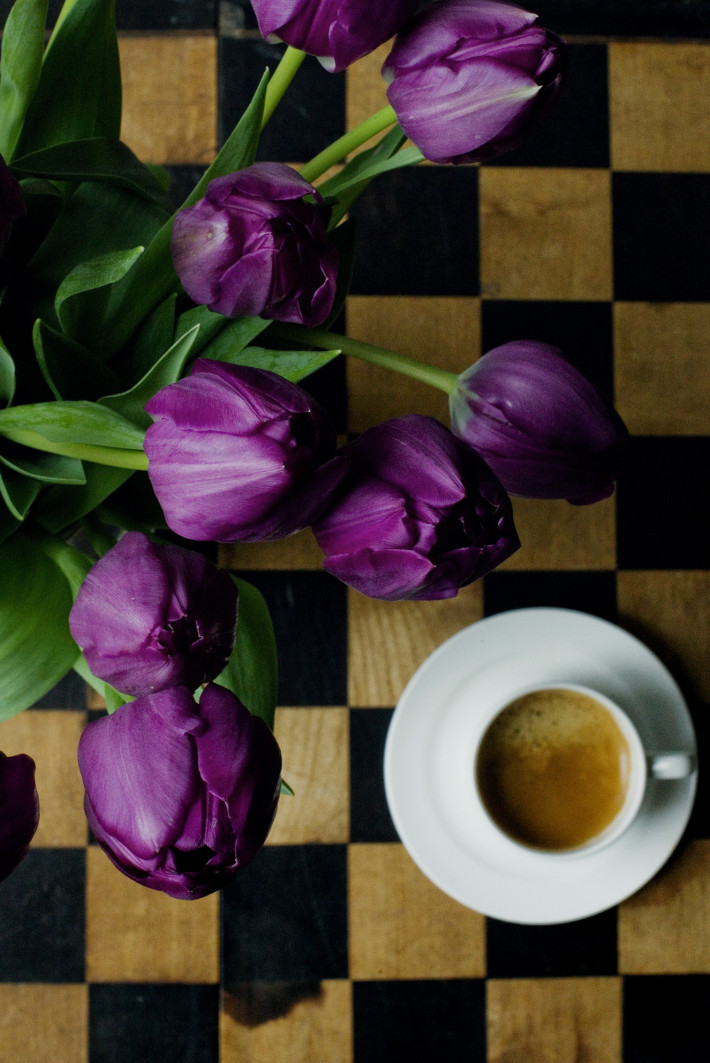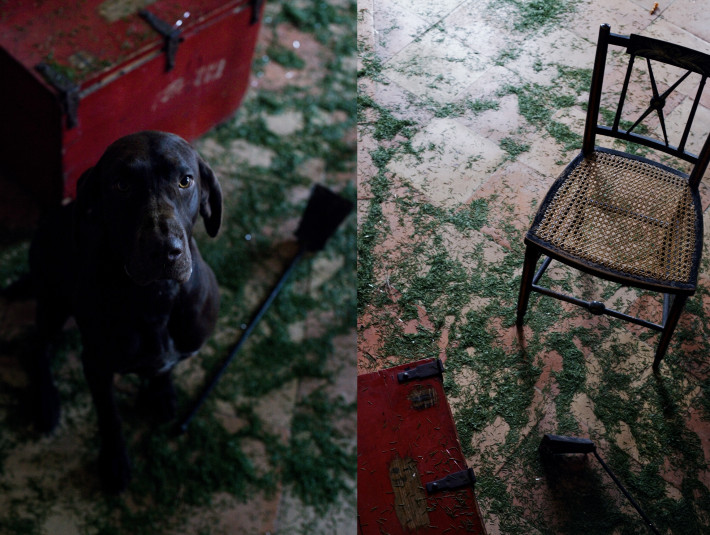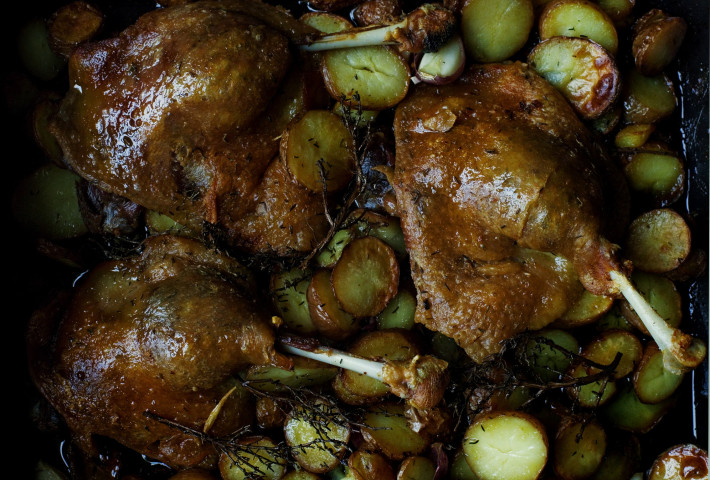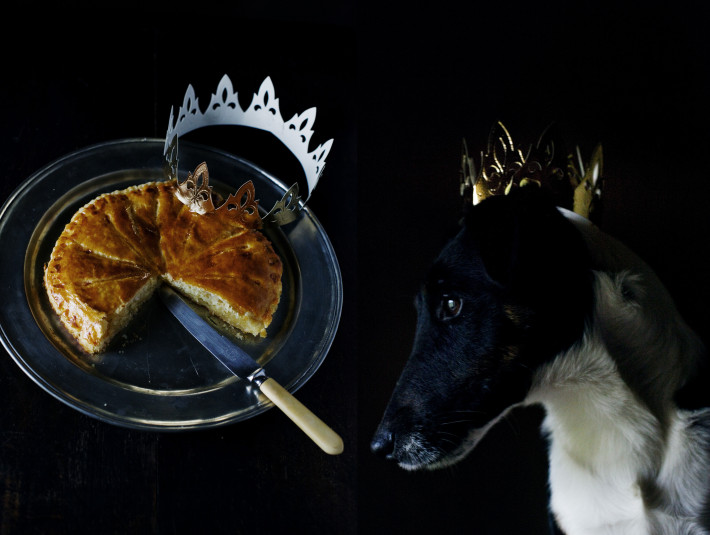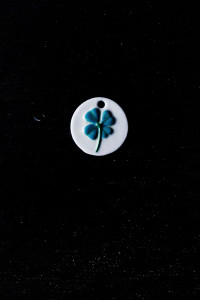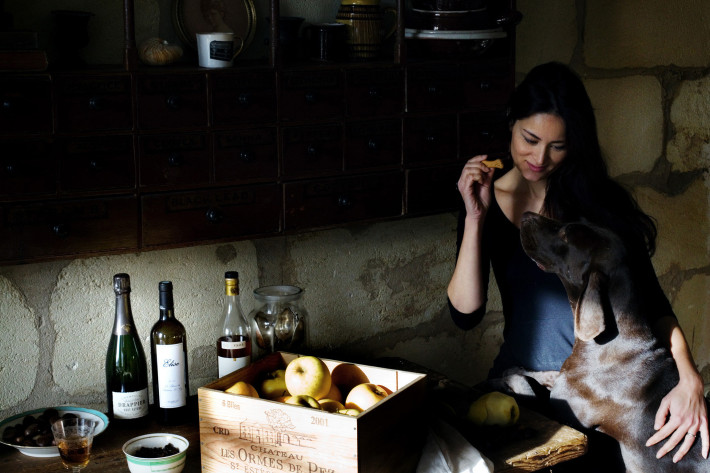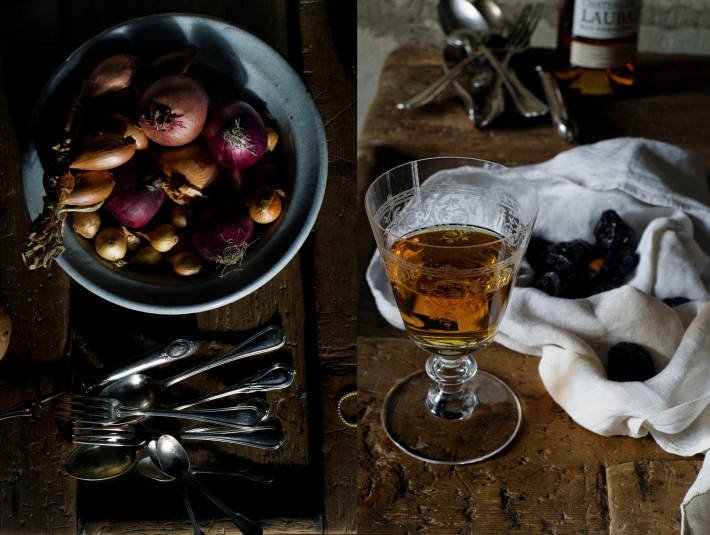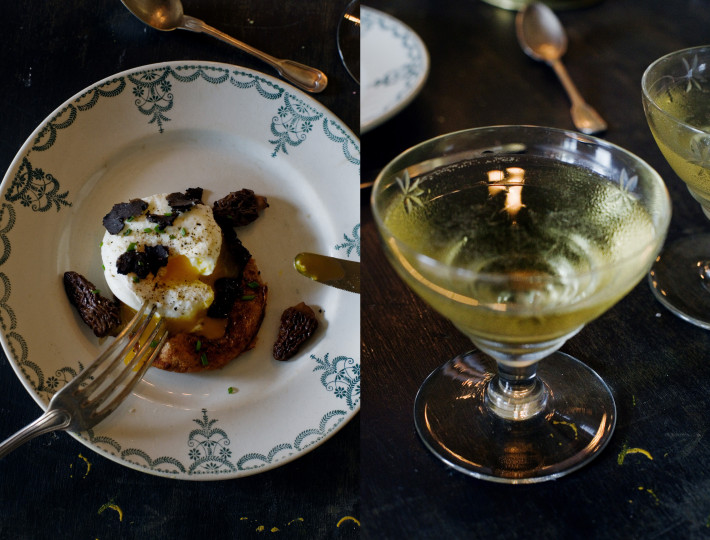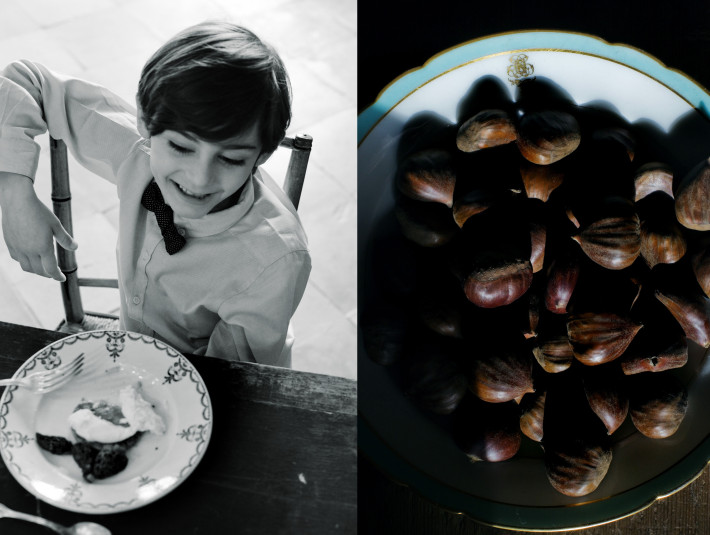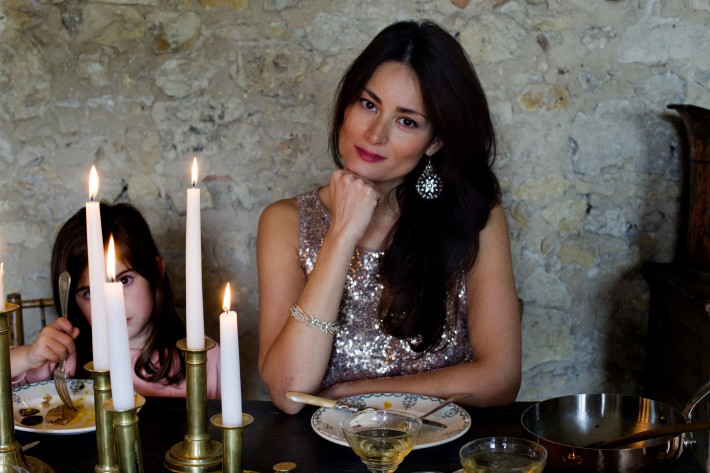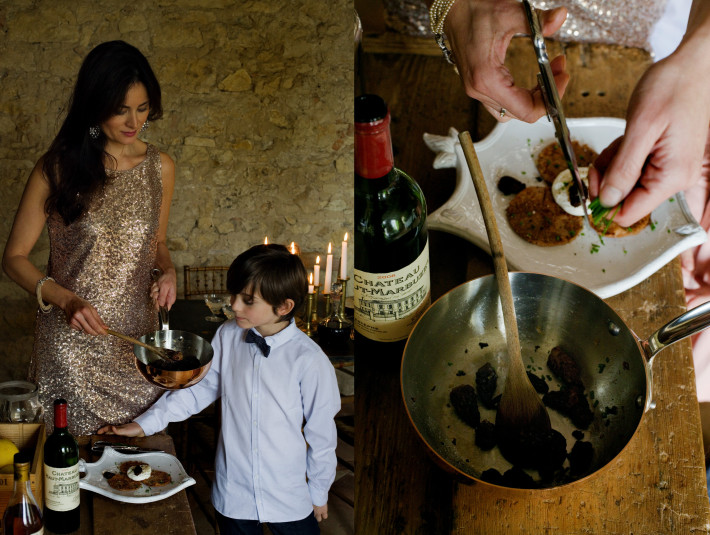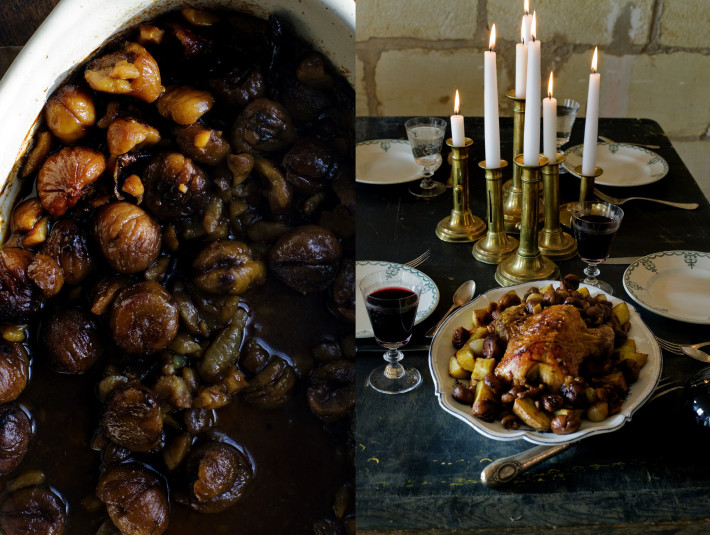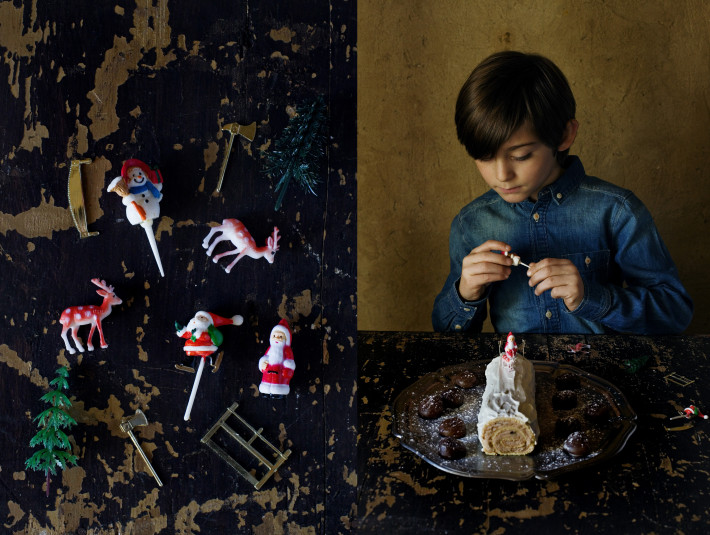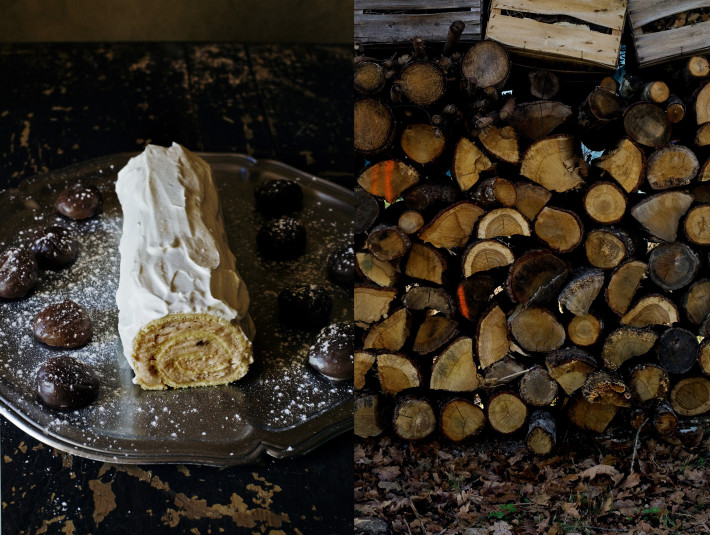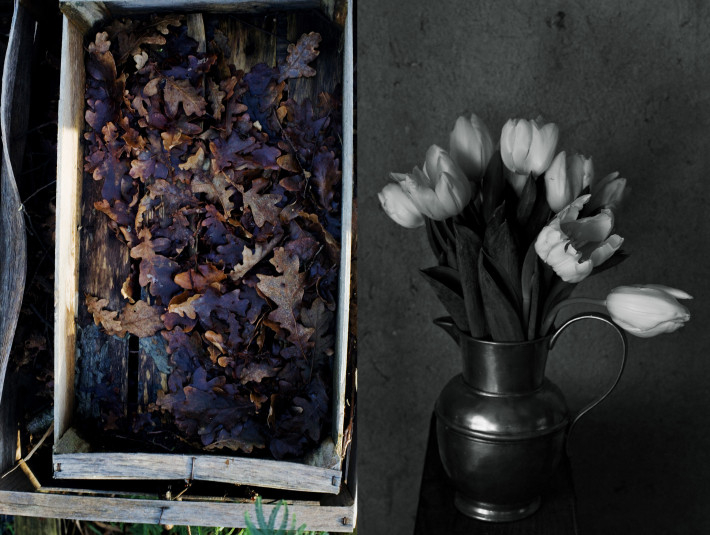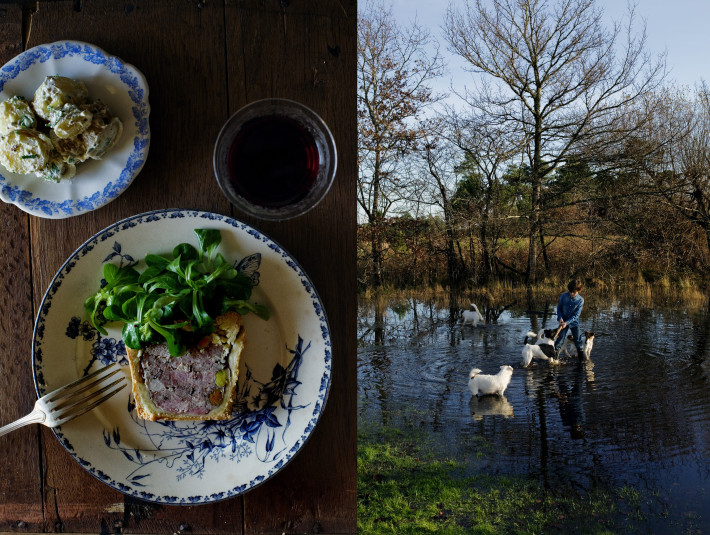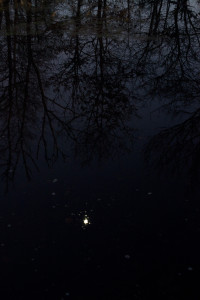Hong shao pork, fava bean fritters & tea eggs
Some of my most delicious childhood food memories are linked with Shanghai. Growing up in Hong Kong, my family had a lot of Shanghainese friends with whom we would often feast on amazing meals from their region. I have such a soft spot for Shanghainese style cuisine. The food is all about slow cooking, seasonal and fresh ingredients braised in rice wine, vinegar, soy sauces and a large variety of spices. We would go to restaurants called ‘associations’ where you can eat the most authentic regional cuisine. They were originally intended for homesick locals to rejoice on their provincial food after settling in Hong Kong. Today, these restaurants have become a must for food lovers. I would particularly enjoy the Kiangsu Chekiang and Shanghai residents association restaurant, as well as the Ningbo resident’s association – those sautéed prawns in wine, tofu soup with cured ham, steamed hairy crabs with rice wine vinegar, drunken chicken. Just don’t get me started, I could go on forever. As a matter of fact, I occasionally find myself in a ‘day-dreaming’ state, imagining the dishes I will order as soon as I have a chance. Food memories embedded in my palate forever.
This slow-cooked braised pork is a family-style dish, filled with amazing flavours like star anise, cinnamon and fennel seeds. The rich dark soya sauce and shaoxing wine thickens while the sugar caramelizes. This kind of cuisine is called hong shao, in other words ‘red cooking’. The deep mahogany colours shine through the meat and sauce, producing a true culinary delight. If you are new to Chinese cooking, perhaps this could be a good way to start.
We had such a lovely lunch last Friday, the sun was shining after the torrential rain, the kitchen smelt like a thousand spices. I served this dish with freshly steamed white rice, tea eggs and fava bean fritters (to be dipped in the pork sauce). I was inspired by an appetizer I loved, fava bean terrine with sesame oil. Have you ever tried tea eggs? I loved having them as a snack after school. Memories of buying one or two eggs, sold by the lady at the local tuck shop in my old neighbourhood, Happy Valley. They are so wholesome and deeply nutritious, the taste is nearly addictive. They are first boiled, then slow-cooked in a mixture of tea, star anise, soya sauce, cinnamon. The rich colours and mesmerizing smells invade the kitchen, bringing me back to my schoolgirl days. There was always a daily soup brewing in my home, always filled with a special ingredients, something to enhance your health. Goji berries, bird nest, ginseng with chicken in winter. Food was all about prevention and good health.
Red braised pork with spices:
1 kg/ approx. 2 pounds pork hock or pork belly (if you are using pork belly, chop into brownie-sized squares)
5 star anise
1 teaspoon fennel seed
2 cinnamon stick
6 cloves
1 slice orange peel
10 slices of fresh ginger
2 cloves garlic, sliced
1 shallot, sliced
A handful of chopped scallions
For the sauce:
4 tbsp granulated sugar
2 tbsp vegetable oil
3 tbsp light soy sauce
2 tbsp dark soy sauce
1 tbsp sesame oil
1 tbsp Worcestershire sauce
240 ml/ 1 cup shaoxing wine (Chinese rice wine – you can use dry sherry as a substitute)
Blanch the pork in boiling salted water for 2 minutes. Skim off scum from surface. Drain and pat dry with kitchen paper. Set aside.
In a pan or wok, melt the sugar with 1 tbsp water on a medium heat. When it starts to turn slightly golden, add the pork coating it all over. Immediately set aside with all the syrupy sauce.
In a large pot, heat the oil and fry the ginger, shallot and garlic for a minute. Add all the other spices, orange peel and stir until the fragrances are released. Add the sesame oil, stir for 30 seconds. Add the dark, light soy sauce and Worcestershire sauce, continue stirring for 1 minute. Add the shaoxing wine and reduce for 1 minute. Add the pork along with all its juices and syrup. Pour enough water to cover the pork, bring to a boil and cover. Simmer on a low heat for 3 hours, or until the meat is so tender it falls apart. Before serving, remove the pork and spices from the pot and set aside. Turn the heat up on high for about a minute or two to reduce the sauce (or a bit longer if necessary). It should become thick and glossy. Return pork and spices to the pot and serve immediately.
Drizzle the pork with finely chopped scallions and serve with freshly steamed white rice.
Fava bean fritters
450 g/ 2 1/2 cups fava beans (fresh, frozen or tinned)
70 g/ 1/2 cup finely chopped spring onion
2 garlic cloves, minced
1 teaspoons salt
1 teaspoons fresh ground pepper
3 tbsp sesame oil
2-3 tbsp water
Frying oil (for deep-frying)
Remove shells from fava beans, rinse and drain. In a food processor, mix the beans, spring onion, garlic, salt, pepper water and sesame oil.
Shape small patties, about one large tbsp of mixture at a time. In a medium-sized pan, heat oil (approx 1 inch high). You can test if the oil is ready by throwing in a small piece of bread – it should sizzle and turn golden within 45 seconds. Fry patties by batches (about 4 each time) for 3 minutes (or until they become golden brown). Drain on kitchen towel before serving. Drizzle with chopped scallions.
Tea eggs
Ingredients:
6-8 eggs (up to 12 if you wish)
2 tbsp black tea leaves
120 ml/ 1/2 cup soya sauce
2 star anise
2 pieces of dried orange peel (optional)
1 cinnamon stick
1 tbsp brown sugar
Put the eggs into a pot of cold water and boil for 10-12 minutes on a medium heat. Drain the eggs, soak them in cold water, and gently tap on all sides of the eggs with the back of a spoon. You want to crack them gently, so be careful not to tap too hard. This technique will alow the tea mixture to create the marble effect on the eggs as well as flavouring them.
In a pot add 950 ml/ 4 cups of water and all the recipe ingredients, including the cracked eggs. Bring to a boil, turn the heat to low and leave to simmer for 3 hours. Leave to cool in the tea mixture. You can let them soak in the mixture overnight to get more intensity in the flavours if you wish.

